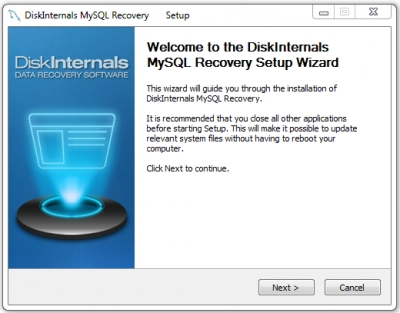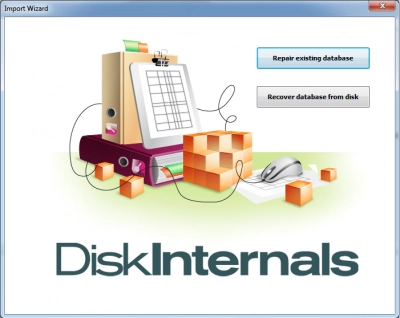Find out how to repair InnoDB tables
Here you will find out:
- why InnoDB tables crash
- how to repair InnoDB tables in MySQL
- how DiskInternals can help you
Are you ready? Let's read!
If InnoDB tables get corrupted
Fortunately, InnoDB tables do not get corrupted so often, yet unforeseen situations can occur, such as power surges, corruption of MySQL databases, etc. In any case, you can’t avoid dealing with such a situation, since usually tables contain quite important information. Actually, this article was developed for this purpose: you will learn how to repair InnoDB tables and much more important and necessary information.
Why do InnoDB tables crash?
The reasons are common enough that they can happen to anyone:
- power surges and lack of electricity on the server
- overloaded and full server
- improper exit from MySQL
- other software failures
How to repair InnoDB tables in MySQL
- 1. In a transaction, group the sets that come with DML tasks using parentheses and commit or start transaction statements.
- 2. If you have more frequently used columns, you should point to the primary key for a specific table. Otherwise, use the auto-increment value.
- 3. To put some data for individual tables into separate files, use the innodb_file_per_table option.
- 4. To make the performance more or less the same, disable the "autocommit".
- 5. The lock tables statement is preferably not used, and the select ... for update syntax is quite acceptable for unlocking rows that need to be updated in order to get exclusive write access to the rowset.
- 6. If the problem is related to engine = create table, then a server with the –sql_mode = no_engine_subtitution parameter will be required. This is necessary to protect the storage mechanism.
Different methods to repair InnoDB tables
- 1. You can use the dump-and-reload method; that is, first you create a dump file, and then just reload it and thus fix InnoDB corruption. Here's what it looks like:

- 2. There is also an option for doing MySQL crash recovery using the alter table statement. The essence of this method is to change the storage mechanism to the one that it already has (in other words, zero change). Here’s an example:

You can recover InnoDB step-by-step
For this purpose, you need to use DiskInternals MySQL Recovery, a professional application for restoring databases and InnoDB tables.
Here is a step-by-step guide for using this application:
Download and install the application on your computer.

As soon as the application opens, you will be greeted by the Recovery Wizard, which will offer you several options:
- repair existing databases
- recover database from disk

Select the desired item and then select the desired database.
Once the scan is over, you will have a unique opportunity to view files for free.
Then you can purchase a license, restore all this data, and export it to the right place.